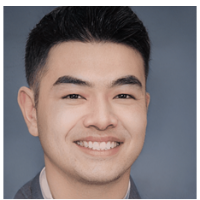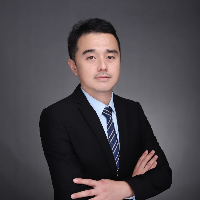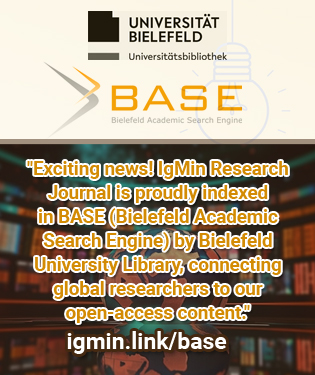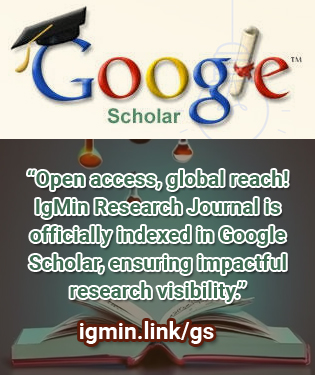Open Access Policy refers to a set of principles and guidelines aimed at providing unrestricted access to scholarly research and literature. It promotes the free availability and unrestricted use of research outputs, enabling researchers, students, and the general public to access, read, download, and distribute scholarly articles without financial or legal barriers. In this response, I will provide you with an overview of the history and latest resolutions related to Open Access Policy.
について
Rehabilitation is a multidisciplinary field dedicated to restoring and enhancing the functional abilities and quality of life for individuals affected by injury, illness, or disability. This vital area of healthcare integrates medical, physical, psychological, and social approaches to help patients regain independence and achieve their fullest potential. Rehabilitation professionals collaborate across disciplines to provide individualized care tailored to diverse needs, ranging from physical therapy to mental health support.
Covering a broad spectrum of conditions, Rehabilitation focuses on innovative therapies, assistive technologies, and evidence-based practices to promote recovery and long-term well-being. This field plays a critical role in addressing the challenges of aging populations, chronic illnesses, and post-traumatic care, ensuring patients can reintegrate into society with dignity and improved functionality. Rehabilitation continues to evolve, fostering advancements in treatment modalities and holistic care approaches.
Medicine Group (5)
Open Access Policy refers to a set of principles and guidelines aimed at providing unrestricted access to scholarly research and literature. It promotes the free availability and unrestricted use of research outputs, enabling researchers, students, and the general public to access, read, download, and distribute scholarly articles without financial or legal barriers. In this response, I will provide you with an overview of the history and latest resolutions related to Open Access Policy.
Open Access Policy refers to a set of principles and guidelines aimed at providing unrestricted access to scholarly research and literature. It promotes the free availability and unrestricted use of research outputs, enabling researchers, students, and the general public to access, read, download, and distribute scholarly articles without financial or legal barriers. In this response, I will provide you with an overview of the history and latest resolutions related to Open Access Policy.
Open Access Policy refers to a set of principles and guidelines aimed at providing unrestricted access to scholarly research and literature. It promotes the free availability and unrestricted use of research outputs, enabling researchers, students, and the general public to access, read, download, and distribute scholarly articles without financial or legal barriers. In this response, I will provide you with an overview of the history and latest resolutions related to Open Access Policy.
Open Access Policy refers to a set of principles and guidelines aimed at providing unrestricted access to scholarly research and literature. It promotes the free availability and unrestricted use of research outputs, enabling researchers, students, and the general public to access, read, download, and distribute scholarly articles without financial or legal barriers. In this response, I will provide you with an overview of the history and latest resolutions related to Open Access Policy.
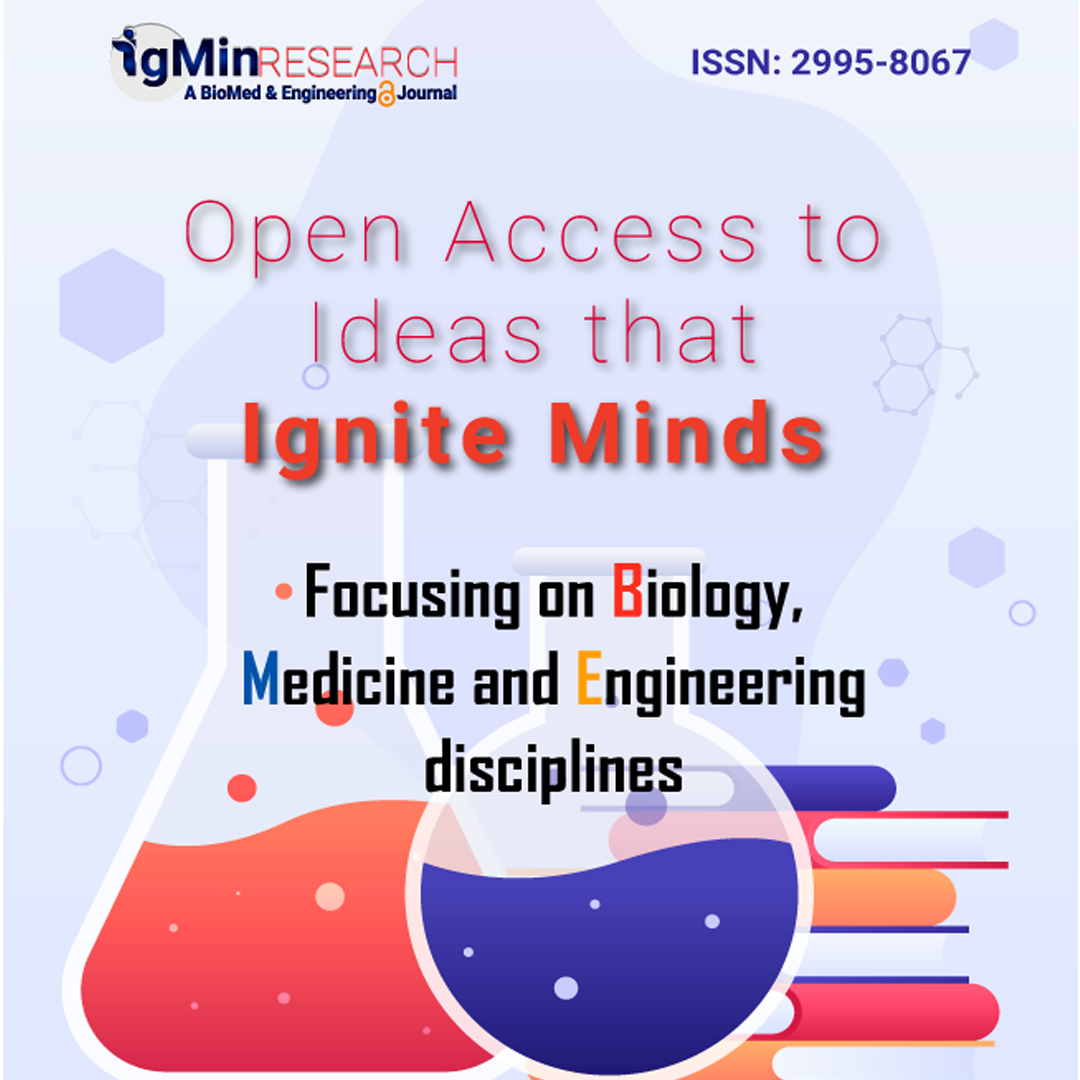
IgMin 科目を探索する
現在トレンドになっている記事はどれですか?
研究論文
- LC-MS and HPLC-UV for Detecting Uremic Toxins: Two Validated Methods with Simultaneous Sensitivity and Specificity Evaluation
- Biomimetic Synthesis of Calcium Carbonate in Bile in the presence of Amino Acids
- From Traditionalism to Algorithms: Embracing Artificial Intelligence for Effective University Teaching and Learning
- A New Modification of Classification of Traumatic Patients with Pelvic Fracture
- Assessing Bee (Hymenoptera, Apoidea, Anthophila) Diversity and Floral Preference in Two Habitats in the Iberian Peninsula
- Designing a Compact High-precision Positioner with Large Stroke Capability for Nanoindentation Devices
Advertisement




